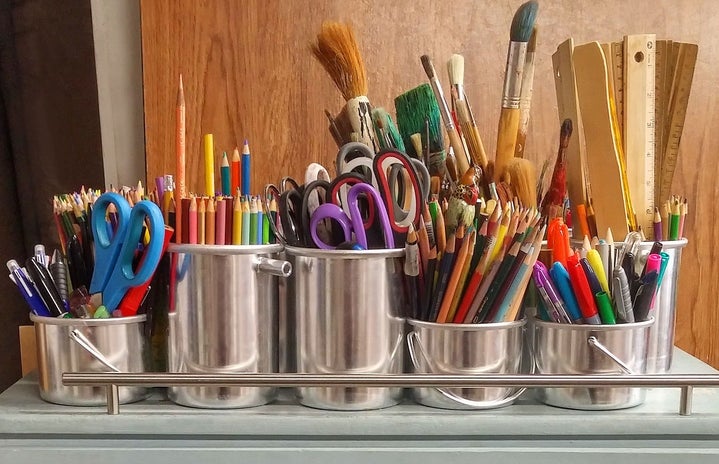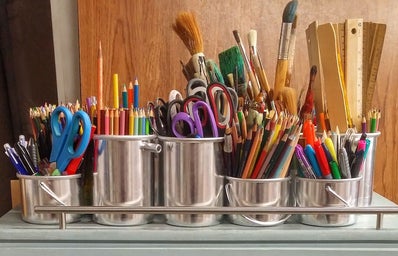As the end of sophomore year closely approaches, and the space between now
and graduation becomes smaller, doubts of whether or not I have chosen the right
career path and the persistent question of “what am I going to do after graduation?”
feverishly swirl in the back of my mind. I keep asking myself “what am I doing?” both
on the minor day-to-day level but also on the grander, philosophical scale. While I don’t
regret going to art school, it’s more difficult than I imagined. I knew going in that it
was going to be different than a traditional university and to expect it to be hard,
however I wish someone would have given me a how-to guide prior to coming.
Here are a couple things I wish I was told before coming to school:
For starters, art-related careers are less ensured. What I mean by this is that artists
practice art in different capacities and because success looks different to everyone,
the ways in which someone culminates a career as an artist are not standardized. Thus,
there’s a lot of independent research involved into mapping out your future career.
Especially if your skills are super specialized (like mine) the career options can be very limited.
Also, it’s a lot of work – more than you already think. Part of this is the nature
of art. In general, art-making is a time consuming task. It makes sense that studio
classes are 6 hours long each. But this doesn’t include homework and most students
take 3-4 studio classes a semester, which adds up to be very time consuming, making it
difficult to have a life outside of school. The accompanying factor with that heavy of a
workload is self care. Self care in general is hard for students, as we are no longer
reliant on family to do things for us. I think what makes it difficult for art school
students is that it is easy to get overwhelmed by the workload and it can be difficult to
make time for yourself when making art is often labeled under self care. Taking time
to do things that you like outside of making art is key to staying sane in art school.
You have to work really hard to create your own community. The lack of
campus, and the long and unique hours for classes at SAIC make it harder to engage with
other students socially. Because there are no sports teams and clubs are minimal, you
have to go out of your way to make new relationships. While it takes a lot of energy to
do this, in some retrospect this is a helpful skill, as most people don’t learn it until after
college.
The first year of school is hard, but it doesn’t really matter. Freshman year is
used to weed out the people who don’t actually want to be there, that’s why it can feel
impossible at times. No one has an easy freshman year, no matter what kind of things
they post about on social media. But once you get through it, it gets a lot easier. With
that in mind freshman year is mainly for learning how the school operates, and any of
the art you make you’ll most likely never want to see again. Going off that, it’s ok to make bad art.
You are not going to like everything you make, and your art is going to change tremendously within the first two
years, so chances are you’re going to make bad art at some point. The good thing about bad art
is that it helps you improve by teaching you what things you like and don’t like about
your art.
I hope this article helps anyone who is just starting their art school experience
and will help you feel less blindsided about your experience.


